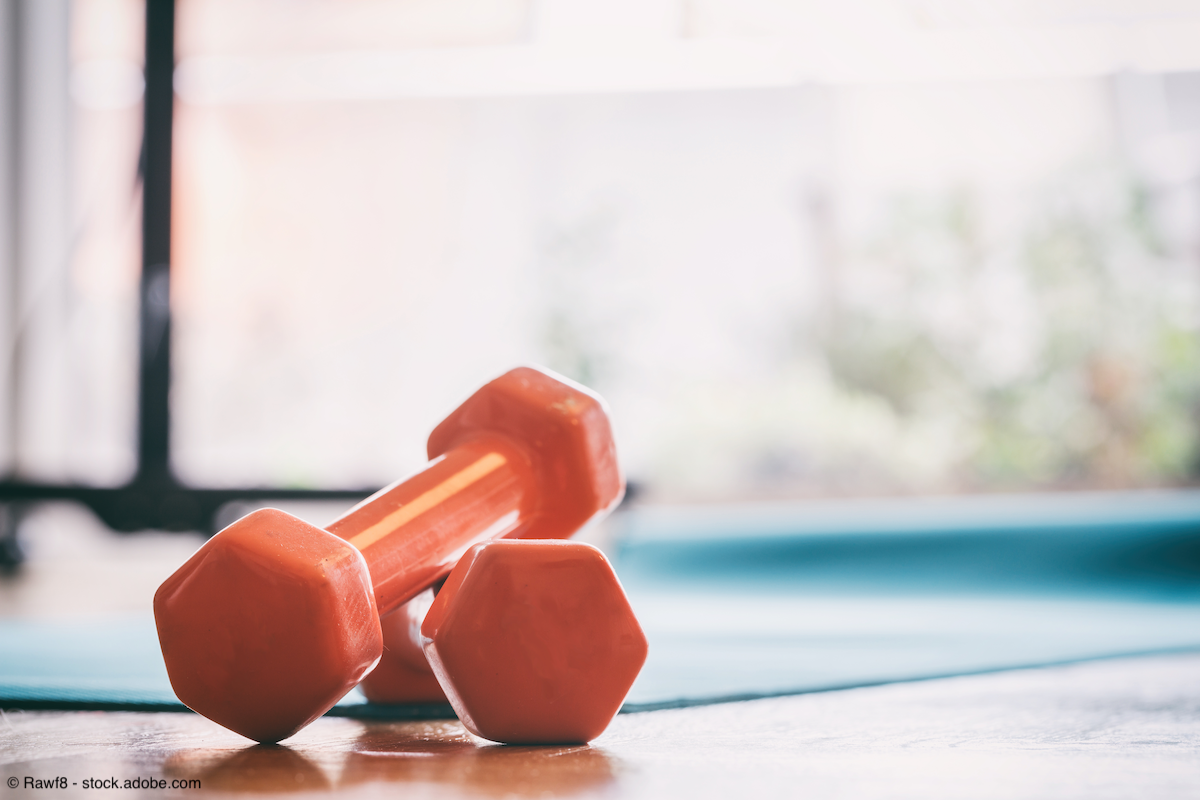News
Article
Pelvic floor yoga is not superior to general physical conditioning for urinary incontinence
Author(s):
Over 12 weeks, the average reduction in total UI frequency was 2.3 episodes per day among those in the pelvic yoga program compared with 1.9 episodes per day among those in the general physical conditioning program.
A 12-week pelvic floor yoga program for ambulatory middle-aged and older women with urinary incontinence (UI) did not achieve a greater reduction in UI episodes compared with a general muscle stretching and strengthening program, according to data from an interventional study (NCT03672461) published in Annals of Internal Medicine.1
The primary outcome measure was the change from baseline in total UI frequency.

"Pelvic floor yoga is an intervention that has the potential to improve pelvic floor weakness, general physical function decline, overlapping stress/anxiety, and autonomic nervous system function in older women," said lead author Alison J. Huang, MD, MAS, MPhil, a professor of urology, medicine, and epidemiology & biostatistics at the University of California, San Francisco, in correspondence with Urology Times®. "But until now, there was very little rigorous evidence to evaluate the effects of yoga on women's bladder symptoms—so many women have been practicing yoga without any evidence that it worked. What's more, it was unclear whether women who reported benefits from practicing pelvic yoga could have gotten the same benefits from other, more general activities that can improve their overall physical function and health."
Overall, data from the study showed that over 12 weeks, the average reduction in total UI frequency was 2.3 episodes per day among those who participated in the pelvic yoga program compared with 1.9 episodes per day among those who participated in the general physical conditioning program (between-group difference, -0.3 episodes per day; 95% CI, -0.7 to 0.0).
Specifically, urgency-type UI frequency decreased by an average of 1.2 episodes per day in the pelvic yoga cohort vs 1.0 episodes per day in the physical conditioning cohort (between-group difference, -0.3 episodes per day; 95% CI, -0.5 to 0.0). There was no significant difference between the 2 cohorts regarding reductions in stress-type UI frequency (-0.1 episodes per day; 95% CI, -0.3 to 0.3).
Regarding safety, both groups experienced a similar incidence of adverse events.2
In total, the study included 240 women aged 45 to 90 who reported daily or more frequent stress-, urgency-, or mixed-type incontinence. Patients were recruited across 3 study sites in California. At baseline, the average UI frequency was 3.4 episodes per day (SD, 2.2), including 1.9 urgency-type episodes per day (SD, 1.9) and 1.4 stress-type episodes per day (SD, 1.7).
Patients were eligible for enrollment in the trial if they reported UI starting at least 3 months prior to screening, reported an average of at least 1 incontinence episode per day, and reported urgency-predominant, stress-predominant, or mixed-type incontinence.3 Patients enrolled in the trial were not previously engaged in formal yoga or muscle stretching/strengthening programs and agreed to forego other clinical treatments for incontinence during the length of the study.
Participants in the trial were randomly assigned to participate in a Hatha-based pelvic yoga intervention or a muscle stretching/strengthening program. Each intervention was conducted over the span of 3 months, consisting of twice-weekly group instruction and once-weekly self-directed practice.
The primary outcome measure was the change from baseline in total UI frequency. Secondary outcome measures included the change in baseline in stress-type and urgency-type UI episodes at 6 and 12 weeks.
According to the authors, limitations of the current study include a lack of comparison to other clinical UI treatments or to no treatment at all, as well as having to convert to videoconference-based intervention instruction during the COVID-19 pandemic. Future studies, they note, could further assess the effects of pelvic yoga on type-specific UI and factors influencing perceived improvements in UI among women engaged in yoga or other exercise interventions.
Overall, Huang concluded, "The differences between the groups were modest, and there was still some possibility that they could have occurred by chance. We believe that our findings suggest that many of the potential benefits of pelvic yoga for women with urinary incontinence may be shared with more general low-impact muscle conditioning exercise."
References
1. Huang AJ, Chesney M, Schembri M, et al. Efficacy of a therapeutic pelvic yoga program versus a physical conditioning program on urinary incontinence in women: A randomized trial. Ann Intern Med. 2024. doi:10.7326/M23-3051
2. Yoga no more effective than general exercise in reducing urinary incontinence in older women. News release. American College of Physicians (ACP). August 20, 2024. Accessed August 28, 2024. https://www.newswise.com/articles/yoga-no-more-effective-than-general-exercise-in-reducing-urinary-incontinence-in-older-women
3. A group-based therapeutic yoga intervention for urinary incontinence in ambulatory older women. ClinicalTrials.gov. Last updated October 3, 2023. Accessed August 28, 2024. https://clinicaltrials.gov/study/NCT03672461

















